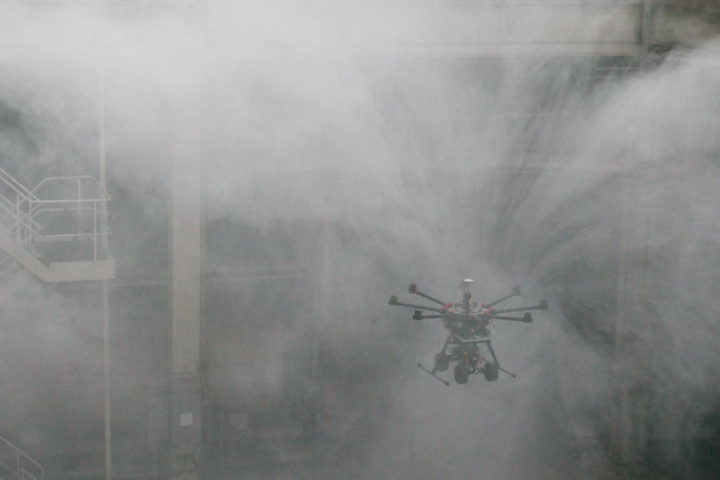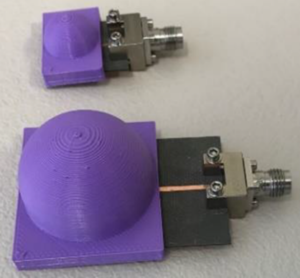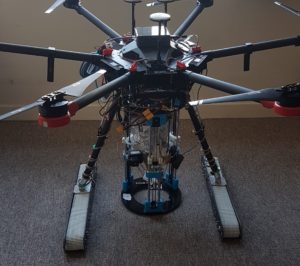
Self-Repairing Cities flies high to map future for UK drones
Researchers from the Self-Repairing Cities project have been helping to shape the future of drones (unmanned aerial vehicles) in UK cities through Nesta’s ‘Flying High Challenge’.
‘Flying High’ challenged five city-regions – Bradford, Preston, London, Southampton and the West Midlands region – to define what these places would like to see drones do (or not do) in their communities in the future.
Self-Repairing Cities researchers were part of the Bradford and Southampton teams that responded to this challenge: Prof Rob Richardson and Dr Bilal Kaddouh (both University of Leeds) working with Bradford, and Dr Stephen Prior (University of Southampton) working with colleague Prof Jim Scanlan as part of the Southampton team.
All the participating cities saw opportunities for drones but were clear that their use must respond to citizens’ needs. The cities saw many of the same benefits: saving money, improving health and safety, protecting the environment, and delivering growth. But they also shared many of the same concerns: safety, privacy and security are among the things we must get right.
As well as outlining the future role for drones in cities, each city did a case study to get to the heart of what drone use would look like in practice, and whether or not these uses are technically, economically and socially feasible. Self-Repairing Cities researchers contributed technical expertise towards these case studies which included:
- Supporting the fire and rescue service in Bradford by provide real-time information to firefighters working at the site of an incident, giving early warning of structural problems, identifying hotspots or individuals in need of help.
- Carrying blood products from the NHS Blood and Transplant unit in Southampton across the Solent to the Isle of Wight for short notice deliveries and emergency shipments, based on using one of the University of Southampton’s small fixed wing unmanned aircraft.
Both of these case studies were found to be technically and economically feasible, with a clear social need. However, there are still challenges to be overcome before such uses could actually be realised: these include the technicalities of drones flying beyond the operator’s line of sight, and adapting regulations around operation in built-up areas/restricted areas such as around Southampton Airport.
To read the full findings and recommendations, check out the Flying High project report.










